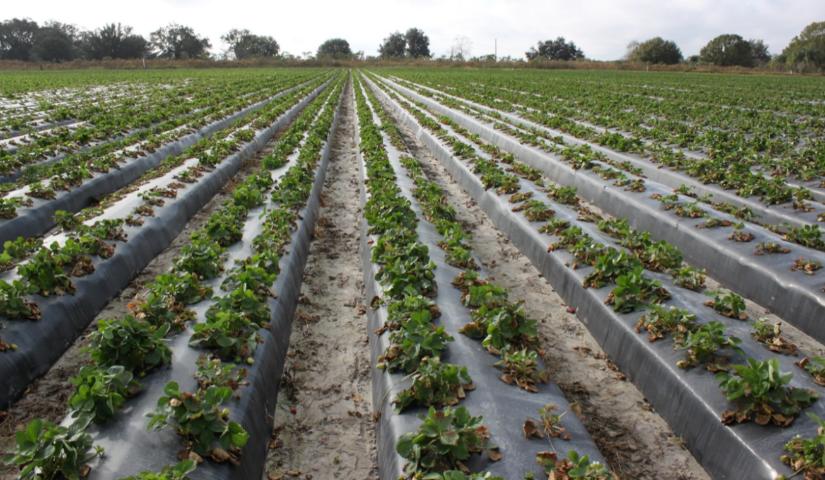
By Clint Thompson
Scouting remains a pivotal tool in strawberry producers’ fight against Neopestalotiopsis Fruit Rot.
Phil Brannen, University of Georgia Cooperative Extension Fruit Disease Specialist, cautions producers about what to look out for in the early stages of this year’s strawberry season.
“At this stage in the fall you would look for leaves with brown leaf spots, especially on the edge of the leaf and especially target-shaped lesions,” Brannen said. “Usually there’s black sporulation in the lesions themselves. That’s really all you can look for at this stage.”
Alabama Fruit and Vegetable Growers Conference
Brannen will discuss the disease and management strategies growers can implement during the upcoming Alabama Fruit and Vegetable Growers Conference in November.
Growers need to take action as soon as symptoms are observed to avoid a fateful spring that could include dying plants and the disease on the fruit.
“It’s probably a wise idea that if you see a lot of leaf spots starting on your strawberries to go ahead and talk to your county agent and see if you can get some samples for us to look at just to make sure what you have,” Brannen said.
Brannen said early symptoms will likely be observed in November. The disease’s leaf spots make it difficult to discern from other diseases. That’s why a consultation with your local Extension agent is vital.
“A lot of our strawberry plants have been planted. Some of them are now planted back in those locations where we had this disease last year. We’ll just have to see what happens,” Brannen said.
He noted that the first instance of the disease was reported out of South Carolina already this year. Growers are aware it is moving around. That is why it was so important for growers to ensure their plants were clean coming out of nurseries.
“If you can avoid a nursery with this disease at this time, hopefully, you won’t have it,” Brannen said. “In the case in South Carolina where it was confirmed, and that was within the last two or three weeks, it did come from the same nursery we’ve always had problems with.
“It’s just a matter of making sure you get good plants from a good nursery that doesn’t have it.”









